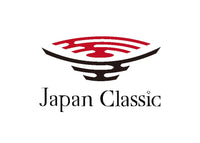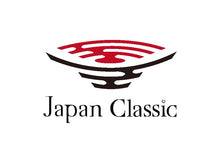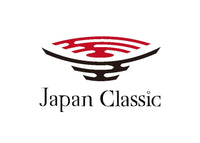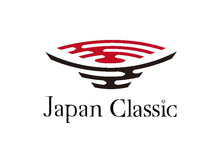【Japanese Pottery】Mikawachi Kiln: The Jewel of Ceramic Heritage
About the Author
Table of Contents
【Japanese Pottery】Mikawachi Kiln: The Jewel of Ceramic Heritage
Mikawachi Kiln is a hidden gem in Japan’s vast ceramic landscape, known for its rich heritage and distinctive firing techniques. This article explores the historical evolution, traditional methods, and cultural significance of Mikawachi Kiln that continue to influence both classic and modern pottery.
1. Introduction
Tucked away in a tranquil region of Japan, Mikawachi Kiln represents a unique chapter in the country’s ceramic history. Its time-honored traditions and specialized firing techniques have been carefully preserved over generations.
In this article, we embark on a journey through the evolution of Mikawachi Kiln, uncovering the practices and cultural influences that have defined its legacy.
2. What is Mikawachi Kiln?
Mikawachi Kiln is a traditional production center known for its distinctive approach to ceramic art. Utilizing locally sourced clay and conventional wood-fired methods, the kiln produces pottery with a natural, organic finish that reflects its regional character.
Its methods, passed down through generations, are a testament to the enduring legacy of Japanese craftsmanship.
3. Historical Background
The history of Mikawachi Kiln spans several centuries, with local artisans refining their techniques in response to both environmental conditions and cultural influences. This historical evolution has enabled Mikawachi Kiln to carve out a niche that is both authentic and innovative.
Its legacy is not only a reflection of past traditions but also a continuing influence on contemporary ceramic art.
4. Traditional Techniques & Firing Methods
A key feature of Mikawachi Kiln is its traditional wood-fired process, which imparts unique textures and color variations to the pottery. The meticulous control of temperature and kiln atmosphere is essential to achieving the signature rustic finish.
Additionally, traditional shaping and glazing techniques are employed to preserve the organic character of each piece, ensuring that the pottery remains true to its heritage.
5. Cultural & Aesthetic Impact
The ceramics produced by Mikawachi Kiln embody a refined simplicity that resonates with the Japanese philosophy of wabi-sabi—celebrating the beauty of imperfection. The natural hues and textures of the pottery evoke a deep sense of harmony with nature.
This authentic aesthetic not only enhances the functional appeal of the pottery but also enriches contemporary design, making Mikawachi Kiln’s creations highly prized by collectors and enthusiasts.
6. Modern Developments
In recent years, modern potters have embraced the legacy of Mikawachi Kiln while experimenting with innovative forms and glazes. This dynamic fusion of tradition and modernity has reinvigorated the kiln’s output, ensuring that its rich heritage continues to evolve.
Contemporary adaptations maintain the essence of Mikawachi’s methods while introducing new aesthetic elements that appeal to a global audience.
7. Final Thoughts
Mikawachi Kiln stands as a shining example of Japan’s deep-rooted ceramic traditions. Its time-honored practices and distinctive production methods continue to inspire both traditional artisans and modern designers.
As you explore the world of Japanese ceramics, take a moment to appreciate the hidden beauty and enduring legacy of Mikawachi Kiln—a true jewel in the crown of pottery art.

Gold Colored Clay Glazed Flower Pattern Bellflower Plate Large
Buy NowBrighten Up Your Table.
We deliver vibrant, high-quality pieces directly from Japan to add color and elegance to your dining experience.






Leave a comment